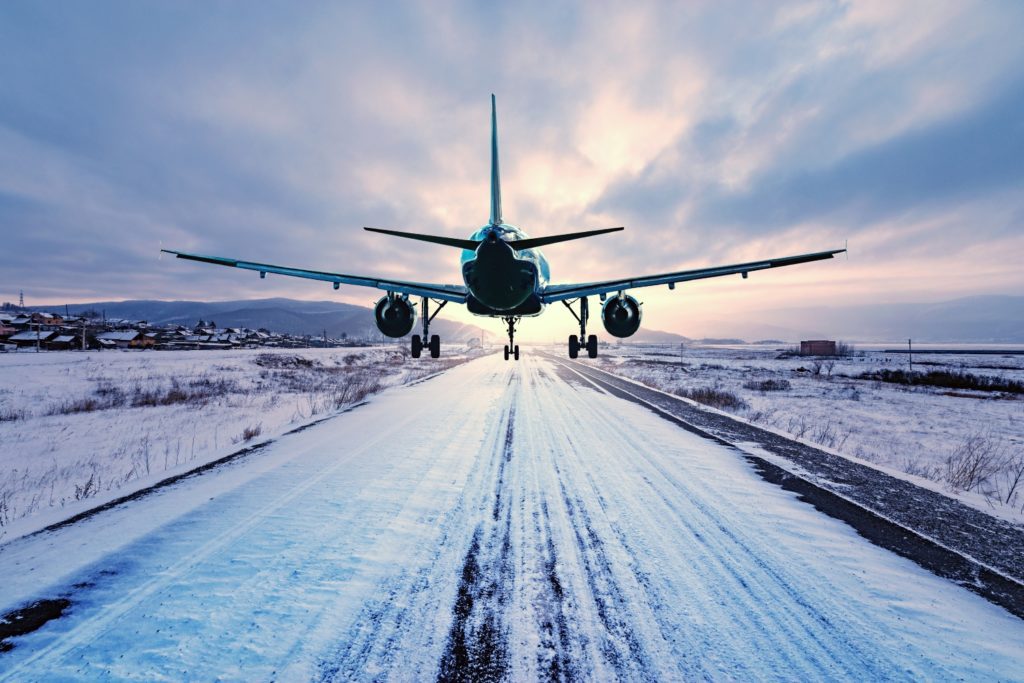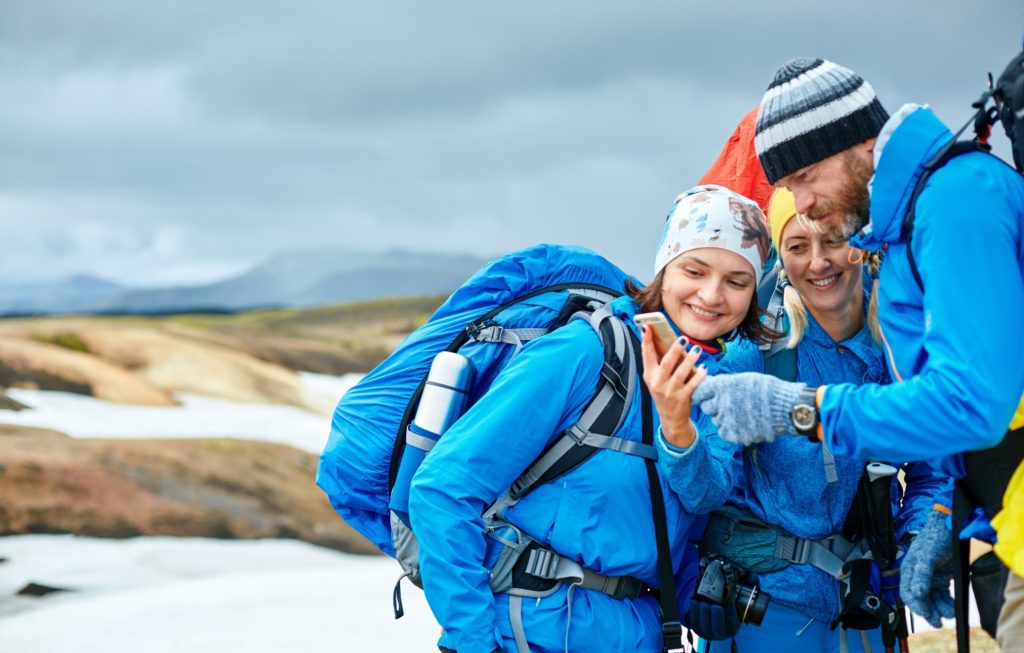Are you planning an Icelandic adventure in 2023? Do you want to discover the magic of the Northern Lights, hike trails to witness active volcanoes, wake up to amazing views on a camping adventure, discover the nightlife in Reykjavík, relax and unwind in the geothermal spas, tour the Golden Circle, travel the Ring Road, explore the National Parks, go whale watching or puffin spotting or even ice caving? Decisions, decisions!
According to research, looking ahead to our next travel adventure is good for our mental health and can give us a significant boost of joy and happiness. Planning and anticipating a trip is shown to be almost as beneficial – and enjoyable – as the trip itself!
However, we understand that planning a trip to the unique island of Iceland can be a little daunting as there’s just such a wide variety of experiences to choose from – especially if you’re limited for time.
You really are spoilt for choice when you sit down to plan an Icelandic adventure, which is why we’ve created this 11-Step Travel Checklist to help you with the basics and ensure you’ve got everything covered.
1. Check entry requirements
Iceland removed all COVID-19-related border restrictions in February 2022 but – depending on where you’re traveling from – it’s still important to check entry requirements well in advance of your departure date, such as visas and passport validity.
For up-to-date information on travel requirements for entering Iceland, you can visit the island.is App, which also has a detailed page on visa requirements.
Remember to check any entry requirements for your home country too, for your return trip!
2. Book your flights

There are five main airports in Iceland:
- Keflavík International Airport (KEF)
- Reykjavík Domestic Airport (RKV)
- Akureyri Airport (AEY)
- Egilsstaðir Airport (EGS)
- Ísafjörður Airport (IFJ)
The majority of international flights go through Keflavík International Airport and include airlines like Icelandair, Delta, United Airlines, British Airways, EasyJet, Jet2, American Airlines, Air Canada, and Air France.
We recommend booking your flights at least five weeks before departure to guarantee a direct flight at a reasonable price.
Once you’ve booked flights, your trip is officially on, and you can start the most exciting part of planning the details of your Icelandic adventure around your travel dates.
3. Buy travel insurance for your trip
While not as exciting as booking flights and planning your travel itinerary, it’s still important to buy travel insurance for your trip to Iceland – including car insurance if renting a vehicle.
Again, purchasing this in advance will be less expensive – and, as with all insurance policies, be sure to double-check coverage and small print before you buy.
As Iceland is an incredibly safe country to travel around, you might be tempted to skip this step, but we recommend you don’t just in case you lose your luggage, have a minor collision in a rental car, or get injured on a mountain hike. Hopefully, none of these will happen, but you’ll be glad you invested in the insurance if they do!
4. Reserve your rental vehicle

If you choose to be based in Reykjavík and/or only take day tours or guided trips to see the sights, you obviously won’t need to rent a vehicle.
Other transport options are available to get around Iceland – such as buses, taxis, domestic flights, and boats (for some tours). However, they are pretty limited, which is why most visitors see this as the ideal opportunity to take that once-in-a-lifetime road trip.
Renting a car, camper van, or motorhome gives you complete freedom and flexibility to explore the island at your own pace – whether you want to explore the popular South Coast, experience driving the famous Ring Road, or get off the beaten track to discover the wilds of the Highlands and Westfjords.
Rental vehicles are competitively priced in Iceland and could save you money. However, as there may be limited availability during the most popular times of the year, booking as far in advance of your trip is best. And remember your vehicle insurance!
5. Set your personal travel budget
Taking a trip to Iceland can be expensive, so it’s a good idea to agree on a realistic budget before you start planning your itinerary and look for ways to save money where you can. For example:
- If you can be flexible, avoid the summer months and travel off-season.
- Save money for your trip by booking cheaper flights, accommodation, and car rentals well ahead of time.
- Pack wisely to avoid unnecessary purchases when you arrive – this should include multiple layers of clothing for the unpredictable weather!
- Investigate less expensive dining out options and/or shop for food in the larger supermarkets and cook your own meals. Budget grocery stores in Iceland include Bónus, Nettó, and Kronan.
- Limit alcohol due to high taxes and importation fees. The cheapest place to buy alcohol will be at the duty-free shop at the airport.
- Drink the tap water, which is clean, safe, and free – and available pretty much everywhere. Take a refillable bottle, and never buy drinking water!
- Compare lodging options – there are plenty of budget choices (including self-catering), especially out of the main holiday season or in more remote areas.
- Alternatively, be adventurous and consider the cheaper option of camping in Iceland.
- Prioritize the experiences you most want on this trip – and supplement them with free things to do like hiking, swimming, scenic drives, and relaxing in geothermal pools. You can always come back for more!
6. Plan your itinerary

With a seemingly limitless number of stunning places to visit and explore in Iceland, this can be the most difficult of challenges. There are as many possible itineraries as there are visitors!
Start by researching the places you most want to visit in the time you have available – factoring in the time of year. You can then find accommodation/campsites nearby to suit your budget too.
An alternative approach is to have a base where you will stay for the duration of your visit, from which you can plan day trips out to your favorite places in that area.
While you want some flexibility, it’s a good idea to know where you’re going before you arrive, so do plan your general route. Also, check if any places you plan to visit require pre-booking, for example, some of the more popular luxury spas.
If it’s your first visit, and you’re unsure about the best route, you can always opt for a self-drive tour, which offers a custom-made itinerary. This is an excellent option for first-timers visiting the island.
7. Book your accommodation / choose your campsites
Once you’ve decided which sights and attractions you want to experience, you can identify the best places to stay in or around those areas.
Booking hotels, self-catering accommodation, and campsites as far in advance as possible is recommended – especially if you’re visiting during peak season. A lot of Iceland’s most popular attractions are in remote, rural areas, so there may only be a few hotels or guesthouses nearby to choose from.
Once you’ve picked out accommodations on your planned route – that best meet your needs – it’s a good idea to type them into Google Maps, Tripadvisor, or Facebook to read the most up-to-date reviews.
There’s nothing like reading accounts from those who’ve been before you to get a realistic picture of what you can expect.
8. Write a packing list – and purchase any gear you’ll need beforehand

Packing for Iceland requires a little more thought than most other destinations, partly due to its extreme weather changes but also because you’re probably planning to do some things you’ve never done before!
It’s a good idea to make a detailed packing list based on the activities and adventures you’ve planned to experience, including hiking gear, camping essentials, weather-proof layers, travel adapters, and so on. Of course, you can buy or rent most things in the cities or bigger towns once you arrive, but they will be considerably more expensive.
9. Make an arrival and departure plan
In the excitement of planning your trip to Iceland, don’t forget the logistics of getting from the airport to wherever you’re going first (and vice versa).
If you’re renting a vehicle, this should just involve a straightforward walk or shuttle bus service to your rental car office.
If you’ve decided not to rent a vehicle, you’ll need to get from the airport to the center of town, which is about a 45-minute drive by bus or taxi (there are no trains). Private transfers are also available – you’ll need to book in advance – and can get you to your hotel faster, but they will come at a higher price.
All options have pros and cons, but the time to decide is before you leave home rather than when you’ve just landed, feeling jetlagged and desperate to be done with traveling. Make sure you step off the plane confident that you’ve planned your perfect Iceland trip from start to finish.
10. Buy your currency

The national currency in Iceland is the Icelandic króna (ISK). Many tourist places, like restaurants, bars, hotels, and tourist attractions, may also take US dollars, Euros, and Canadian dollars, along with Norwegian, Swedish, and Danish currencies – but it may be an unfavorable exchange rate!
Paying by credit or debit card is very common among locals and tourists alike if you prefer to avoid carrying cash.
Keep an eye on the exchange rate in the months before your trip to get the best deal.
Alternatively, there is a bank and ATM at Keflavík Airport where you can exchange currency, but you will typically be charged an international fee for any ATM withdrawals.
11. Be sure to take enough supplies of any prescription medicines you need
If you require medication for acute or chronic health problems, doing two things before traveling to Iceland are essential.
- Every country has its own laws related to medicines, so it’s important to check that your prescription or over-the-counter meds are permitted in Iceland. For information on the legal status of specific medications, you can contact the embassy, high commission, or consulate in your country.
- Make sure you have enough medical supplies for the time you’ll be away, including prescription medicines (in their original, labeled packaging), contact lenses, spare glasses in case yours are damaged, a medical alert bracelet or necklace (if relevant), and a basic first aid kit. Copies of your health insurance documents, all prescriptions, and a contact card should also be packed.
We hope you find this travel checklist a valuable addition to planning your next adventure to Iceland. If you’d like further information about visiting our beautiful island, please do get in touch with our team at Geysir. We’ll be happy to answer any questions about your Icelandic trip to ensure you have the most stress-free and memorable experience of your life.
Keep reading our blog for more travel tips and ideas for planning your visit to this astonishing land of fire and ice.
Back